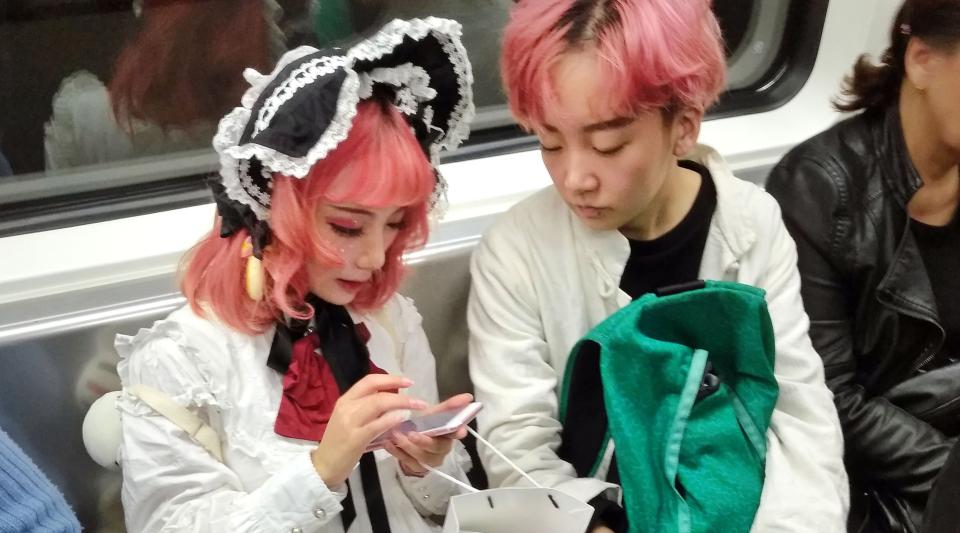Why are so many youngsters in China dressing in cute outfits and buying cute products, and is this just a way to stay detached from society, asked the Shanghai-based news portal The Paper. The number of fans of "moe" culture, sometimes referred to as kawaii culture, is increasing in China, and this may be a response to the pressures of modern life.
Introverted young men – known as "otaku" in Japan – originally used the word moe – which translates into Chinese as “meng” – to describe things they find adorable and appealing, especially young, innocent female characters in animation and comic books.
Due in part to the vogue in China for ACGN culture (referring to animation, comics, games and light novels), those who live a moe life are harking back to an innocent childhood, as well seeking consolation for a high-pressured life.
Based on a 2015 survey conducted by iResearch, a leading provider of online audience measurement and consumer insights in China, there were 160 million Chinese fans of ACGN culture in 2015, and in 2016, the number reached 200 million.
Those who embrace moe culture do so in part as an outlet to help relieve pressure and escape from their mundane lives and as a way to find phychological sustenance.
On the flip side, moe culture also reflects an unwillingness to grow up and become engaged in society, as a passion for cute objects awakens the inner child and sense of playfulness in an adult’s heart, setting them free from their adult world that is burdened with a heavy workload and living pressure.
But The Paper warned that while it is understandable to temporarily escape from reality and immerse oneself in the world of moe culture, it is inadvisable to isolate oneself from society or refuse to grow up.

 Old Version
Old Version